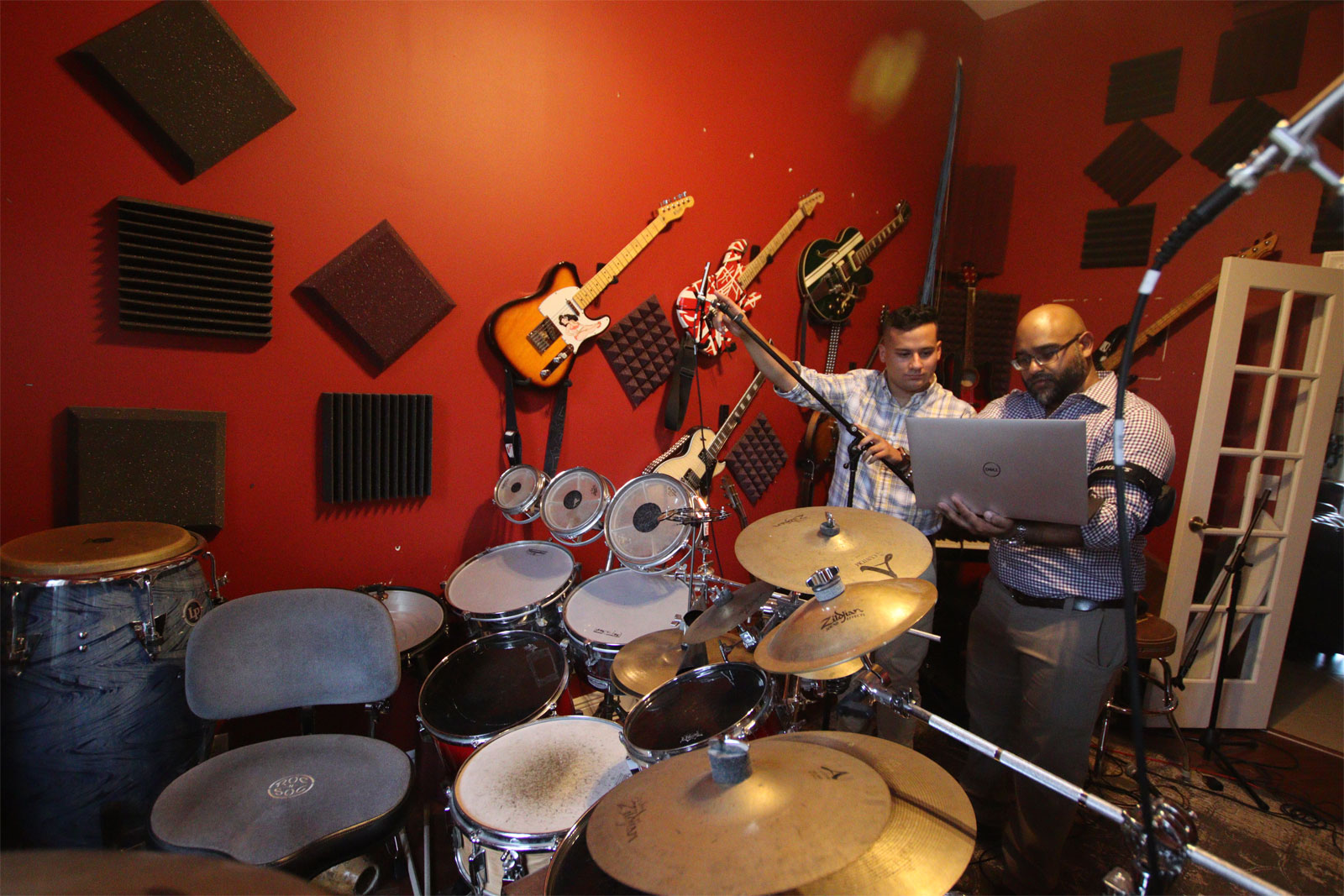Sound Transmission Class (STC) Testing
The Sound Transmission Class (STC) is a numerical value which indicates how well a wall (or floor/ceiling) assembly can restrict the transmission of sound energy from one space to another. The higher the STC number, the better the assembly’s capability to reduce sound transmission.
In general, the STC testing is performed by using a loudspeaker to produce a sound in one space (the “source room”), and then measuring the resulting sound levels (over a variety of different frequencies) via microphones placed in an adjoining space (the “receiving room”). From this information, we can calculate a rating of the assembly that separates the two spaces.
Just because an assembly is designed to have a high STC rating on paper, that does not mean it will necessarily have a high STC rating in the completed space. Proper construction is critical to the actual performance of an assembly. Sound will travel through “gaps” in the construction. Referred to as “flanking paths,” these gaps can significantly reduce the assembly’s STC rating, leading to unwanted sound transmission.
For multi-family properties covered by the Florida Building Code – Building Edition, a minimum STC rating of 50 is required for the design of the assembly, and a field-tested assembly must achieve a minimum ASTC rating of 45. A field STC test can determine if the installed assembly complies with the referenced Code provisions.



